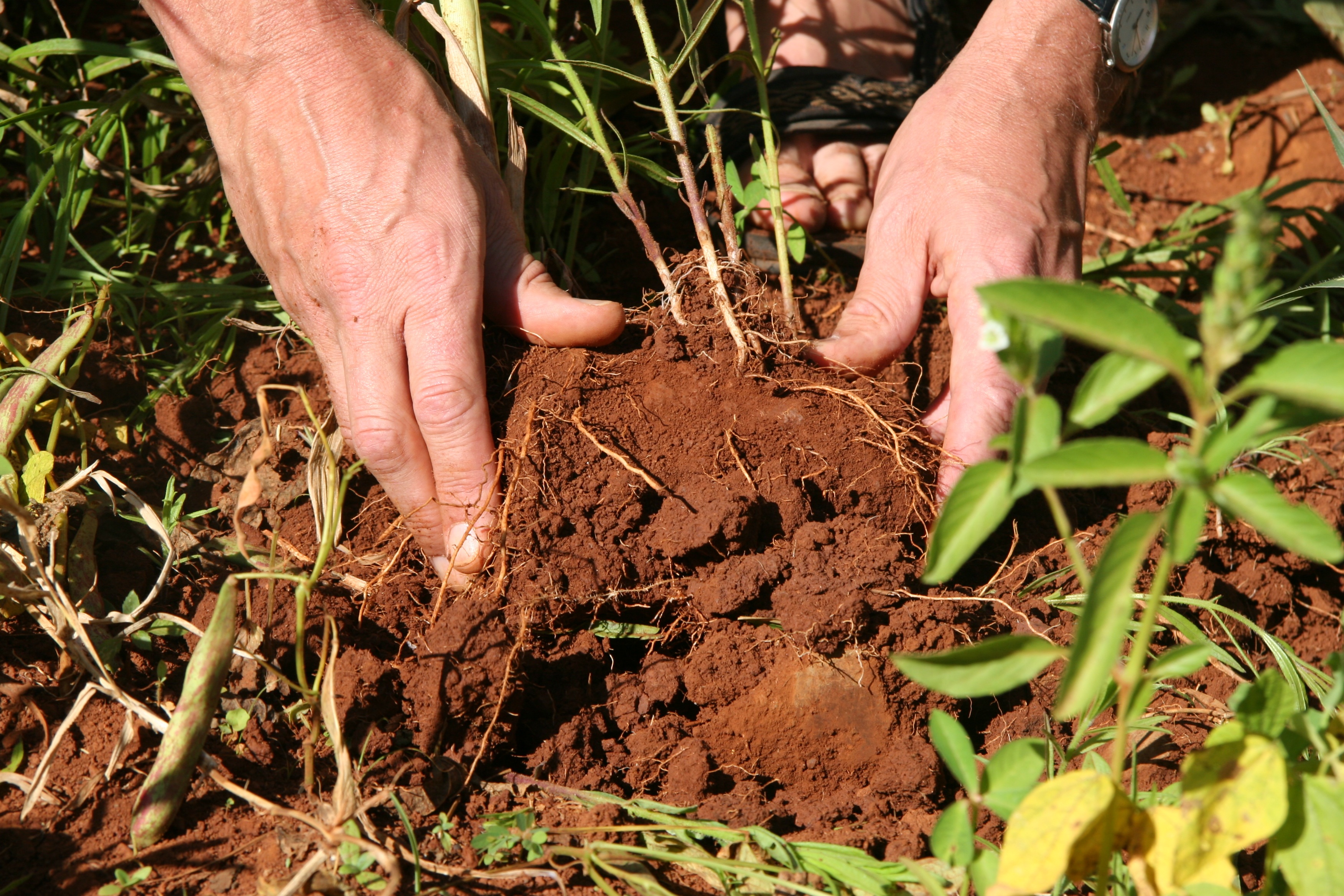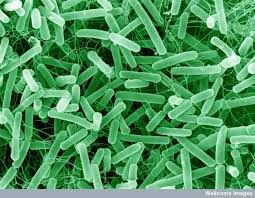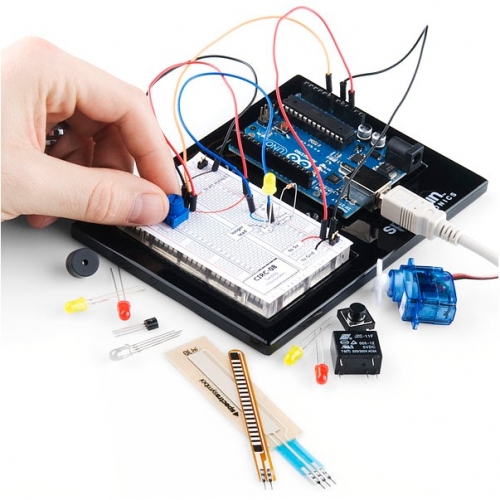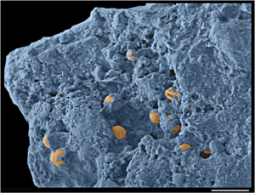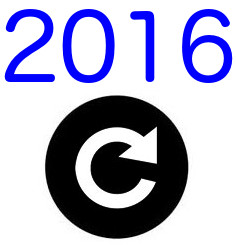I Contain Multitudes–Our Microbes, Ourselves
Multitudes of Microbes (start time: 3:38): You may find it unsettling to learn that our human cells make up only half of our bodies. The other half is a bunch of microbes (in the neighborhood of 40 trillion), all living and reproducing in, and on, our bodies. What’s more, these invisible machines could have a … Continue reading “I Contain Multitudes–Our Microbes, Ourselves”



